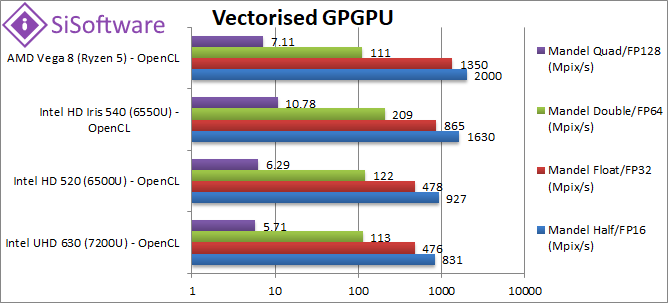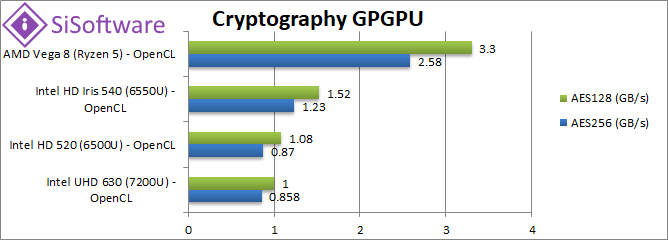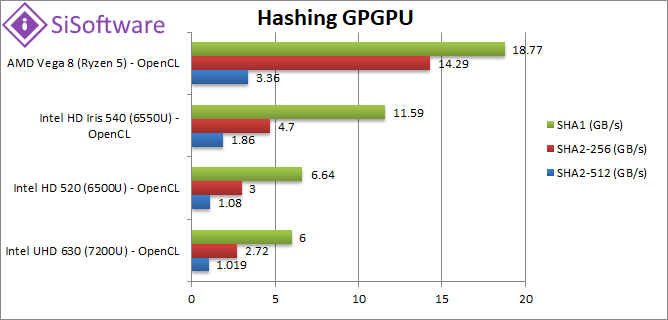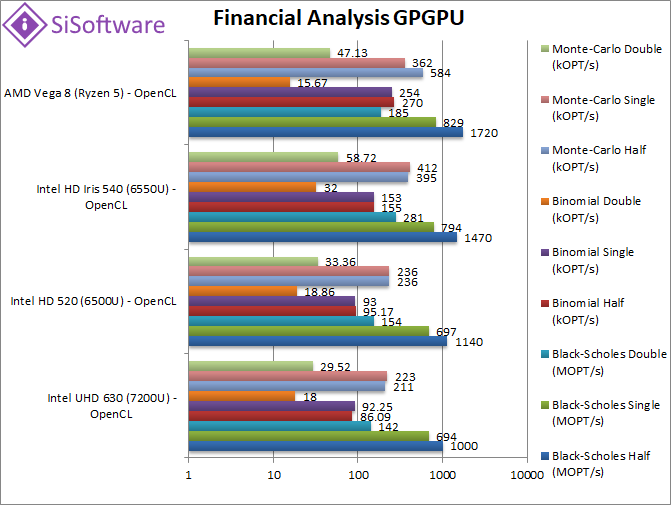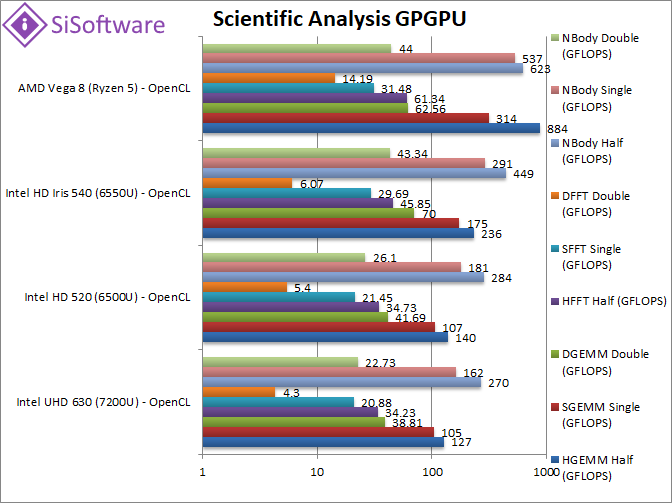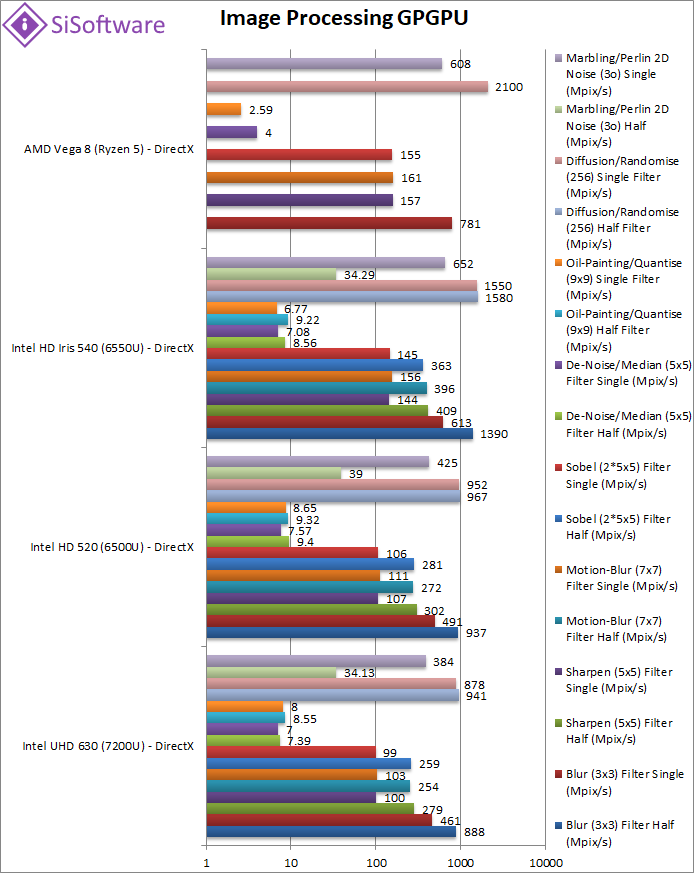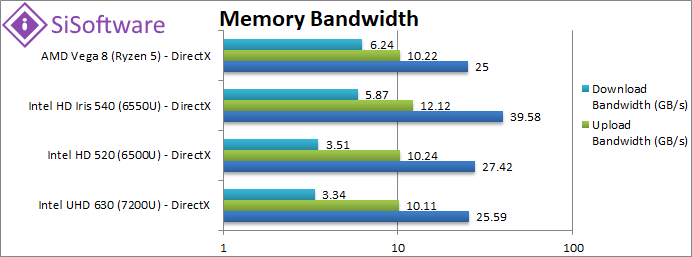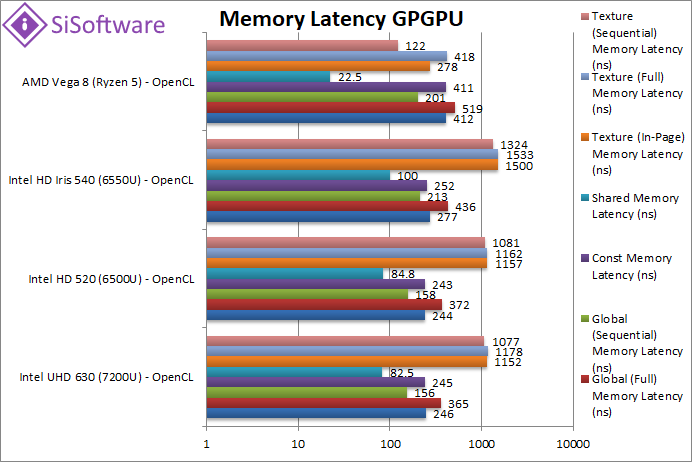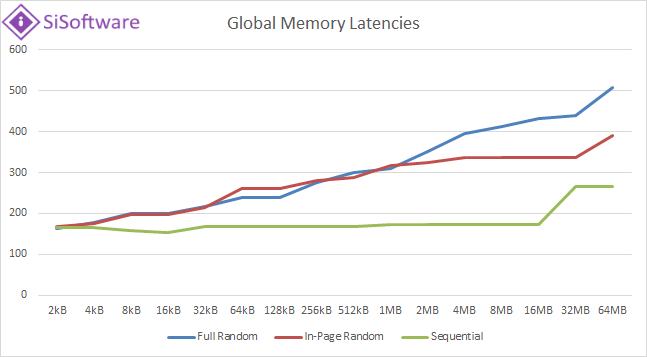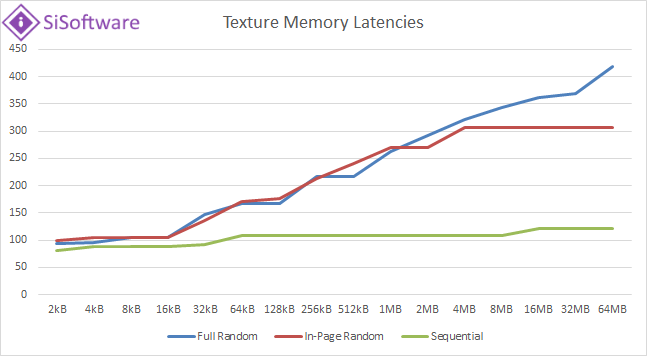What is “Ryzen2” ZEN+ Mobile?
It is the long-awaited Ryzen2 APU mobile “Bristol Ridge” version of the desktop Ryzen 2 with integrated Vega graphics (the latest GPU architecture from AMD) for mobile devices. While on desktop we had the original Ryzen1/ThreadRipper – there was no (at least released) APU version or a mobile version – leaving only the much older designs that were never competitive against Intel’s ULV and H APUs.
After the very successful launch of the original “Ryzen1”, AMD has been hard at work optimising and improving the design in order to hit TDP (15-35W) range for mobile devices. It has also added the brand-new Vega graphics cores to the APU that have been incredibly performant in the desktop space. Note that mobile versions have a single CCX (compute unit) thus do not require operating system kernel patches for best thread scheduling/power optimisation.
Here’s what AMD says it has done for Ryzen2 mobile:
- Process technology optimisations (12nm vs 14nm) – lower power but higher frequencies
- Radeon RX Vega graphics core (DirectX 12.1)
- Optimised boost (aka Turbo) algorithm – sharing between CPU & GPU cores
In this article we test GP(GPU) integrated graphics performance; please see our other articles on:
Hardware Specifications
We are comparing the graphics units of Ryzen2 mobile with competitive APUs with integrated graphics to determine whether they are good enough for modest use, especially for compute (GPGPU) use supporting the CPU.
| GPGPU Specifications | AMD Radeon RX Vega 8 (2500U) |
Intel UHD 630 (7200U) |
Intel HD Iris 520 (6500U) |
Intel HD Iris 540 (6550U) |
Comments | |
| Arch Chipset | GCN1.5 | GT2 / EV9.5 | GT2 / EV9 | GT3 / EV9 | All graphics cores are minor revisions of previous cores with extra functionality. | |
| Cores (CU) / Threads (SP) | 8 / 512 | 24 / 192 | 24 / 192 | 48 / 384 | Vega has the most SPs though only a few but powerful CUs | |
| ROPs / TMUs | 8 / 32 | 8 / 16 | 8 / 16 | 16 / 24 | Vega has less ROPs than GT3 but more TMUs. | |
| Speed (Min-Turbo) | 300-1100 | 300-1000 | 300-1000 | 300-950 | Turbo boost puts Vega in top position power permitting. | |
| Power (TDP) | 25-35W | 15-25W | 15-25W | 15-25W | TDP is about the same for all though both Ryzen2 and CFL-U have somewhat higher TDP (25W). | |
| Constant Memory | 2.7GB | 1.6GB | 1.6GB | 3.2GB | There is no dedicated constant memory thus a large chunk is available to use (GB) unlike a dedicated video card with very fast but small (kB). | |
| Shared (Local) Memory | 32kB | 64kB | 64kB | 64kB | Intel has 2x larger shared/local memory but slow (likely non dedicated) unlike Vega. | |
| Global Memory | 2.7 / 3GB | 1.6 / 3.2GB | 1.6 / 3.2GB | 3.2 / 6.4GB | About 50% of main memory can be used as global memory – thus pretty large workloads can be run. | |
| Memory System | 128-bit DDR4 2400Mt/s | 128-bit DDR3L 1866Mt/s | 128-bit DDR3L 1866Mt/s | 128-bit DDR4 2133MT/s | Ryzen2’s memory controller is rated for faster data rates thus should be able to use faster (laptop) memory. | |
| Memory Bandwidth (GB/s) |
36 | 30 | 30 | 33 | The high data rate of DDR4 can result in higher bandwidth useful for the GPU cores. | |
| L2 Cache | ? | 512kB | 512kB | 1MB | L2 is comparable to Intel units. | |
| FP64/double ratio | Yes, 1/16x | Yes, 1/8x | Yes, 1/8 | Yes, 1/8x | FP64 is supported and at good ratio but lower than Intel’s. | |
| FP16/half ratio |
Yes, 2x | Yes, 2x | Yes, 2x | Yes, 2x | FP16 is also now supported at twice the rate – again unlike gimped dedicated cards. | |
Processing Performance
We are testing both OpenCL performance using the latest SDK / libraries / drivers from both AMD and competition.
Results Interpretation: Higher values (GOPS, MB/s, etc.) mean better performance.
Environment: Windows 10 x64, latest Intel drivers, OpenCL 2.x. Turbo / Boost was enabled on all configurations.
Memory Performance
We are testing both OpenCL performance using the latest SDK / libraries / drivers from both AMD and competition.
Results Interpretation: Higher values (MB/s, etc.) mean better performance. Lower time values (ns, etc.) mean better performance.
Environment: Windows 10 x64, latest Intel drivers, OpenCL 2.x. Turbo / Boost was enabled on all configurations.
SiSoftware Official Ranker Scores
- AMD Ryzen 7 2700U Radeon Vega Mobile Gfx
- AMD Ryzen 5 2500U Radeon Vega Mobile Gfx
- AMD Ryzen 3 2200U Radeon Vega Mobile Gfx
Final Thoughts / Conclusions
Vega mobile, as its desktop big siblings, is undoubtedly powerful and a good upgrade from the older integrated GPU cores; it also supports modern features like half/FP16 compute (which needs vectorisation what the driver reports as “optimised width”) and relishes complex algorithms making use of shared/local memory which is efficient. However Intel’s GT3 EV9.x can get close to it in some workloads and due to better FP64 ratio (1/8x vs 1/16x) even beat it in most FP64 precision tests which is somewhat disappointing.
Luckily for AMD, GT3 variant is very rare and thus Vega has an easy job defeating GT2 in just about all tests; but it shows that should Intel “get serious” and continue to improve integrated graphics (and CPUs) like they used to do before Skylake (SKL/KBL) – AMD might have more serious competition on its hands.
Note that until recently (2019) Ryzen2 mobile APUs were not supported by AMD’s main drivers (“Adrenalin”) and had to rely on pretty old OEM (HP, etc.) drivers that were somewhat problematic especially with Windows 10 changing every 6 months while the drivers were almost 1 year old. Thankfully this has now changed and users (and us) can benefit from updated, stable and performant drivers.
In any case if you want a laptop/ultraportable with just an APU and no dedicated graphics, then Vega is pretty much your only choice which means a Ryzen2 system. That pretty much means it is worthy of a recommendation.
In a word: Highly Recommended
In this article we test GP(GPU) integrated graphics performance; please see our other articles on:

